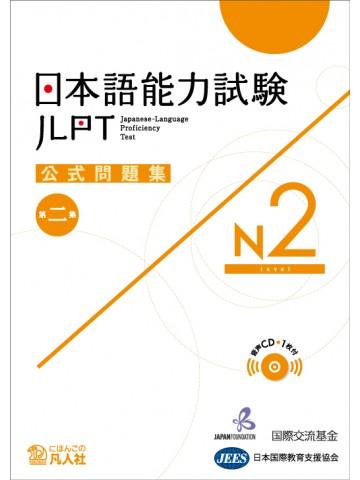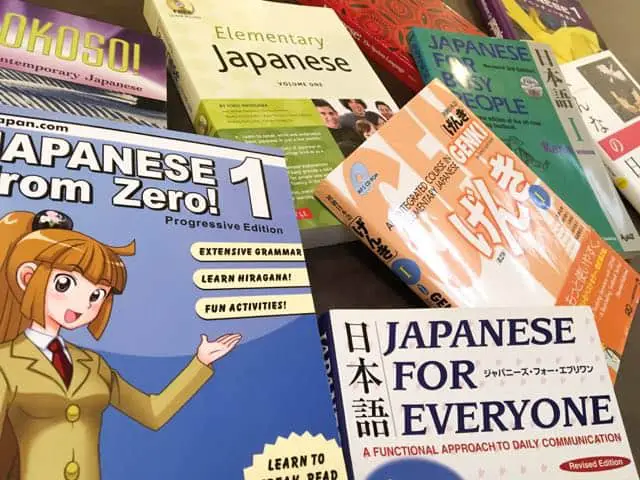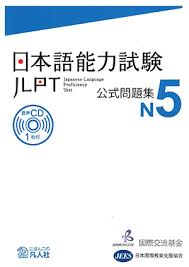I created this Textbook for everyone who struggled with JLPT N5 Kanji and also had mastered
hiragana and katakana. Kanji is the third group of characters in Japanese. With this textbook,
you will learn 99 characters and vocabulary covered JLPT N5.
JLPT N5 and N4 Online Course By JLPT TUTOR
If you are looking for Best JLPT N5 Text book Check out this link below.
BEST JLPT N5 TEXT BOOK CHECK THIS LINK
KANJI YOU NEED TO KNOW TO PASS JLPT N5
- Kanji for Numbers
- Kanji for People and Things
- Kanji for Time
- Kanji for Verbs
- Kanji for Place and Direction:
- Kanji for Adjectives
The most elementary level N5 demands you to know some primary Japanese language. In the
‘Reading’ section, the applicant is expected to read and understand the customary sentences in the three writing systems, namely, Hiragana, Katakana, and simple Kanji. A point to be noted here isthat Kanji is quite complex in comparison to its other two counterparts. Thus, simple Kanjiknowledge is tested in N5. When it comes to the ‘Listening’ section, the test taker should be able to listen and comprehend the fundamental conversations about daily life situations. N5 is the most initial test; the conversations are played very slowly so that the applicant understands and judges it better.
Kanji for Numbers
As you might be aware that the Japanese often employ the use of Roman numerals when it comes to numerals. However, this doesn’t mean that you should forsake the kanji system of numbering. For JLPT, the knowledge of numbers in Kanji style is a must. The Kanji style of writing ‘one,’ ‘two,’‘three’ is simply about three horizontal lines, being added in the same increasing order. The writing of subsequent numbers turns out to be intricate. Also, hold in mind that the writing style of numbers in Kanji is confusing. Minor differences should be carefully looked for.
Kanji for Numbers
As you might be aware that the Japanese often employ the use of Roman numerals when it comes to numerals. However, this doesn’t mean that you should forsake the kanji system of numbering. For JLPT, the knowledge of numbers in Kanji style is a must. The Kanji style of writing ‘one,’ ‘two,’ ‘three’ is simply about three horizontal lines, being added in the same increasing order. The writing of subsequent numbers turns out to be intricate. Also, hold in mind that the writing style of numbers in Kanji is confusing. Minor differences should be carefully looked for.
Kanji for People and Things
The Japanese Kanji words included in this category have evolved the most, and there are many words under this. This category of JLPT N5 Kanji includes essential natural elements, body parts, and people. This group of Kanji knowledge requires good reading. ‘Father,’ ‘mother,’ ‘sister,’ ‘man,’ ‘woman,’ ‘water,” fire,’ ‘earth,’ ‘eye,’ ‘mouth,’ ‘nose’ are some of the staple words that are tested in JLPT N5 Kanji.
Kanji for Time
This category involves the usage of characters denoting time and the related tense. It should also include knowledge regarding the days of the week and months of the year.
Kanji for Verbs:
As you would expect from the level of the JLPT N5, this domain simply requires you to know the common verb vocabulary like eat, drink, read, write, hear, talk, go, etc. It focuses on the Onyomi readings.
Kanji for Place and Direction:
This category of the Japanese Language Proficiency Test or JLPT N5 tests your understanding of the essential direction words like ‘outside,’ ‘inside,’ ‘north,’ ‘south,’ ‘east,’ ‘west,’ ‘up,’ ‘down,’ ‘right,’ ‘left’ and places like ‘school,’ ‘home,’ ‘college,’ ‘bank’ etc.
Kanji for Adjectives
As you would expect, the simple Kanji adjective words are tested under this domain. ‘Little,’ ‘Elementary,’ ‘cheap,’ ‘expensive,’ etc. are some examples to be quoted. It reviews the kunyomi readings.


